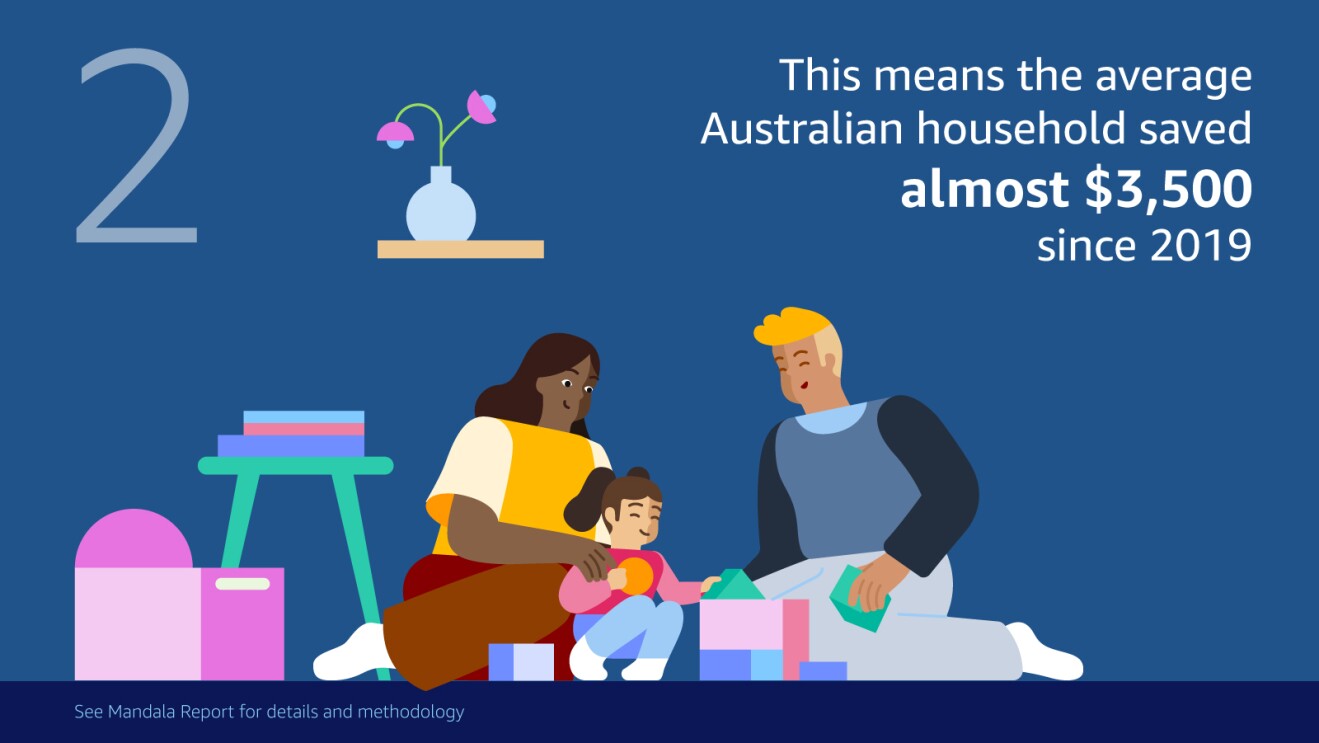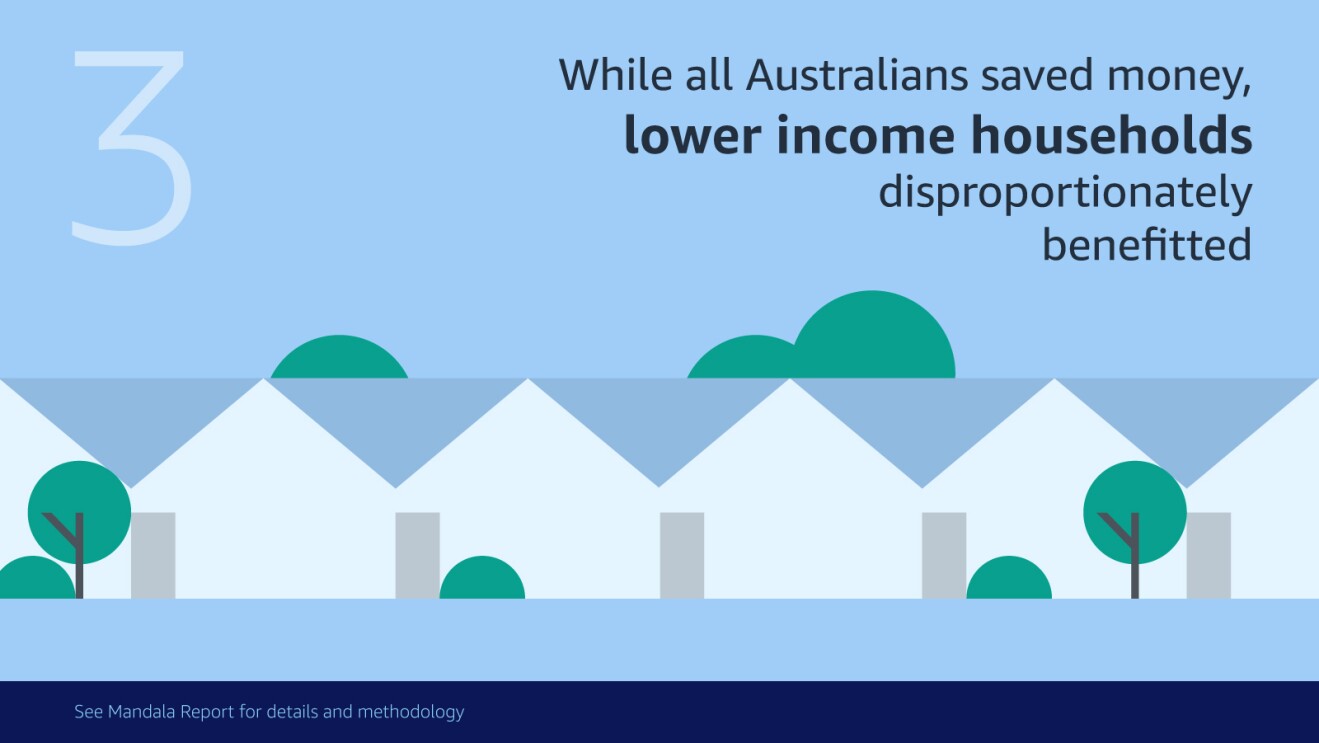Australia’s inflation crisis would have been worse if it wasn’t for lower prices and increased competition from online retail channels – these are just some of the findings in a new report by economic experts Mandala Partners, commissioned by Amazon Australia.
The research set out to understand the impact of online retail channels on Australia’s economy, and how the sector can be part of the solution to reduce cost-of-living pressures faced by Australian households.
“Competition is a way of driving down cost of living,” Allegra Spender MP, Member for Wentworth, told a panel of experts gathered in Sydney earlier this month to dive into the research and discuss its findings. "If you can drive competition, you definitely drive prices down.”
Mandala Partners analysed the prices of more than 60,000 products sold through online channels from 2019 to 2023 and compared them against the Australian Bureau of Statistics’ Consumer Price Index (CPI). The research was clear – online retail is a positive force for Australian consumers, and is helping to ease cost pressures.
Here are four key takeaways from the report:
1. While inflation rose, prices for online goods fell

By December 2023, the difference between the change in online prices and CPI was 10.5 percentage points. This shows that the price of products available online didn’t just grow at a slower pace compared with similar goods sold exclusively through brick-and-mortar stores, it actually sank and offset some of the effects of inflation. Research has produced similar findings in other countries, including Italy.
2. Australian households could save even more if they shopped more online

The study found the average Australian household saved almost $3,500 as a result of online channels – equivalent of receiving three weeks’ free groceries each year since 2019. Online channels composed 10.7% of Australian retail sales in 2023. If online sales composed 20% of Australian retail sales, household savings would be approximately 1.8 times higher, rising to more than $6,000 per household.
3. Online retail provides the greatest benefit to lower income households

During periods of high inflation, lower income households are more severely impacted, primarily because they spend a larger portion of their income on groceries and essential household items. As a result, this group has benefitted the most from the retail options available online. The report shows that households in the lowest income bracket saved nearly double that of the highest income bracket, relative to their annual disposable income.
4. Online channels ease cost-of-living pressures for Australians through cost-efficiency and competition effects

Absent the cost-efficiency and competitive effects of online retail, annual inflation would have been 0.7 percentage points higher in every year from 2021 to 2023.
As Amazon has helped lower prices, increase delivery speed, extend selection, and offer new promotions, so have other retailers.
That has helped ease cost-of-living pressures across the country, according to Paul Zahra, CEO of the Australian Retailers Association. “It wasn’t really until Amazon arrived in Australia that the retail industry took their digital transformation seriously. It forced the industry to quickly innovate to compete because the they needed to compete more on both convenience and price,” said Zahra, who also sat on the panel.
As Mandala’s research shows, the potential for online retail to benefit Australian consumers and small businesses has continued to grow, and Amazon is pleased to have played a part in that story.
Former Chair of the Australian Competition and Consumer Commission, Professor Allan Fels, noted that Amazon was once a small business that became a major innovator through competition. “On the whole, I think competition drives innovation,” Fels said from the audience during the panel discussion.
You can read the full report by Mandala Partners here.









